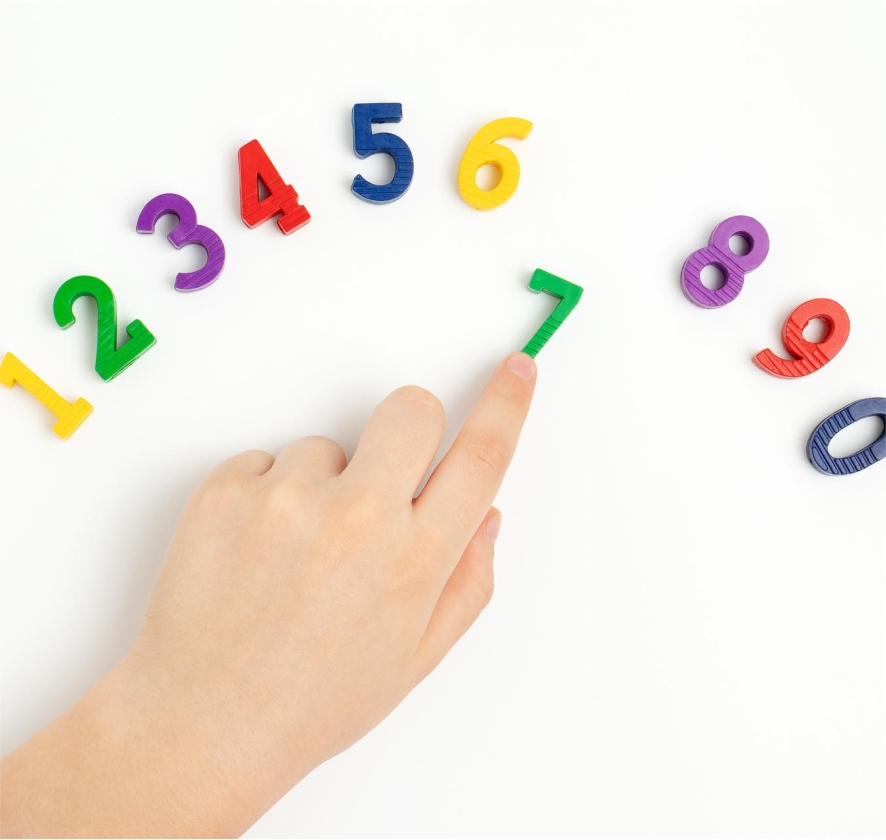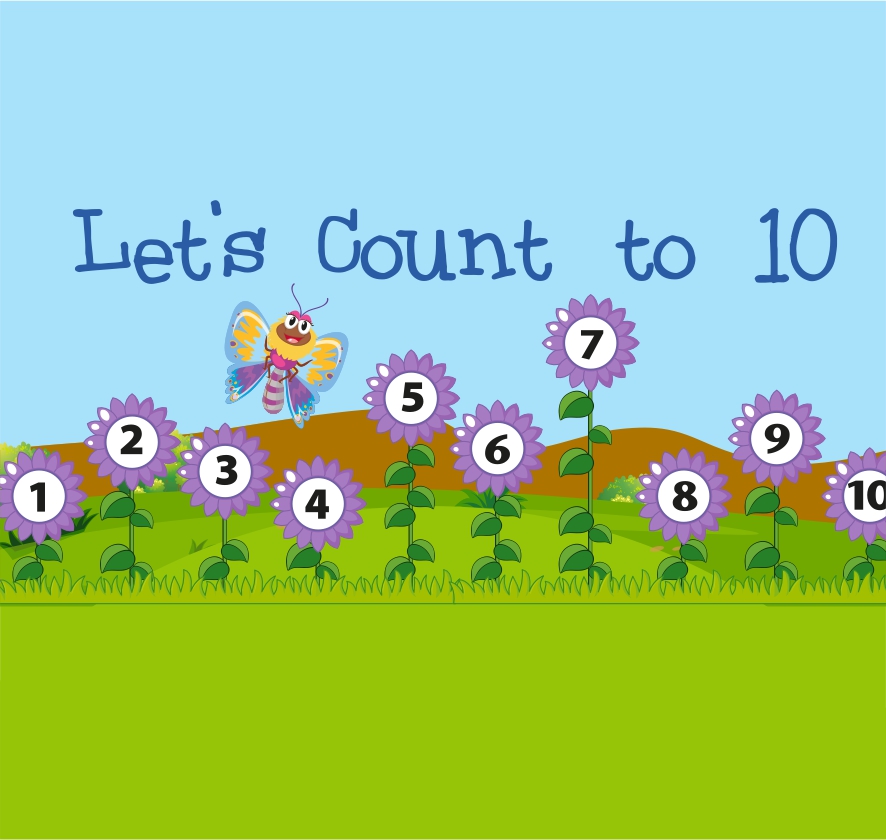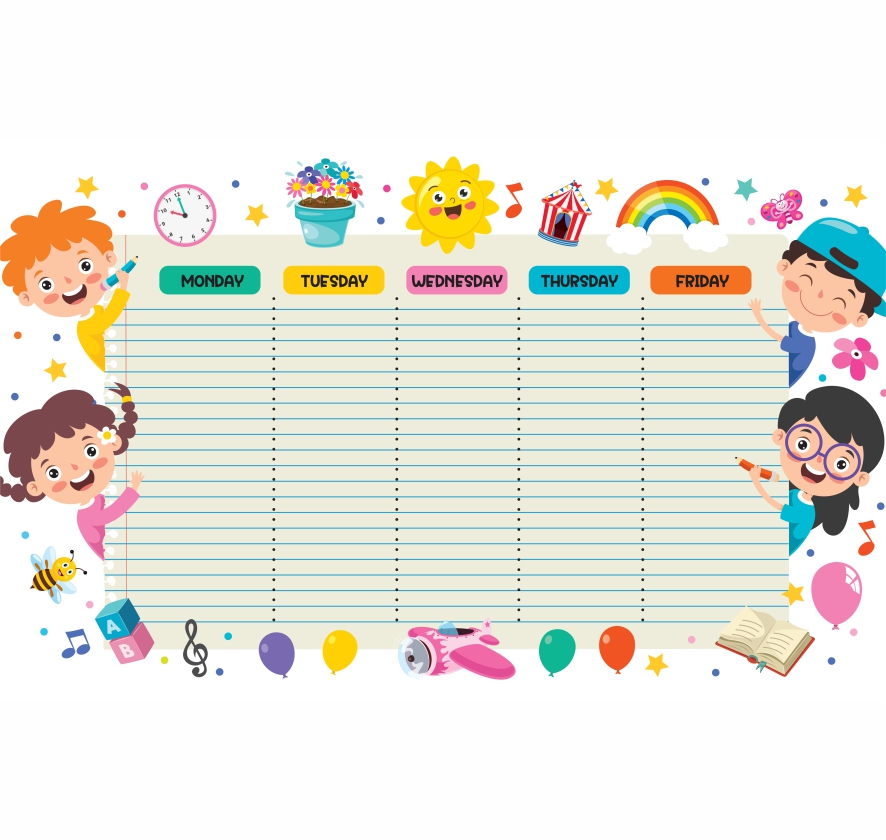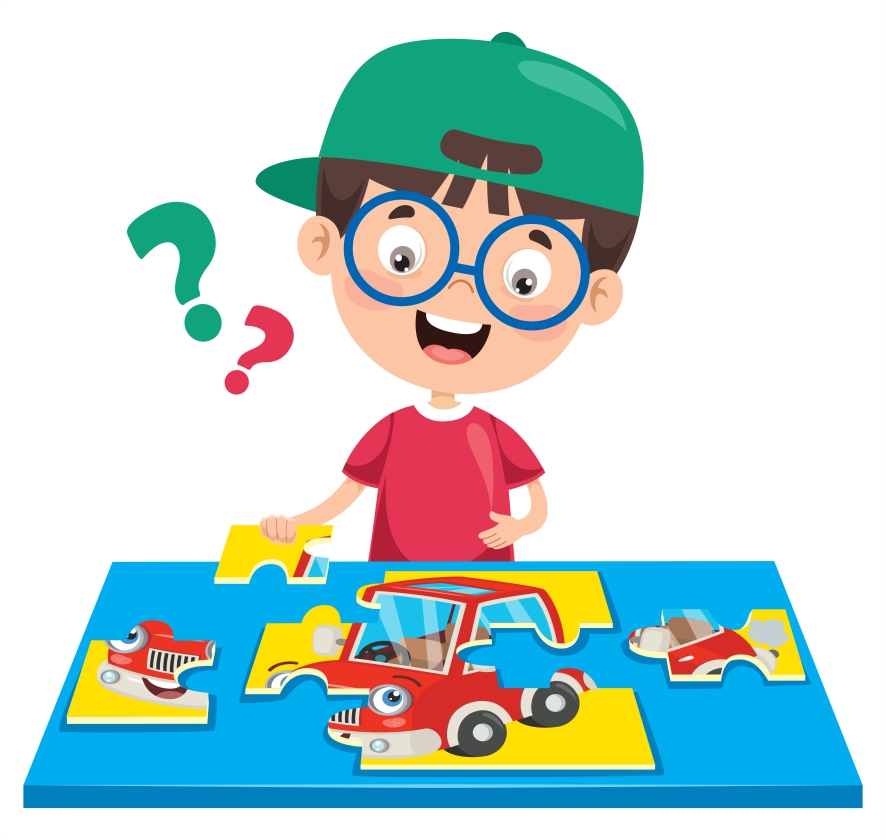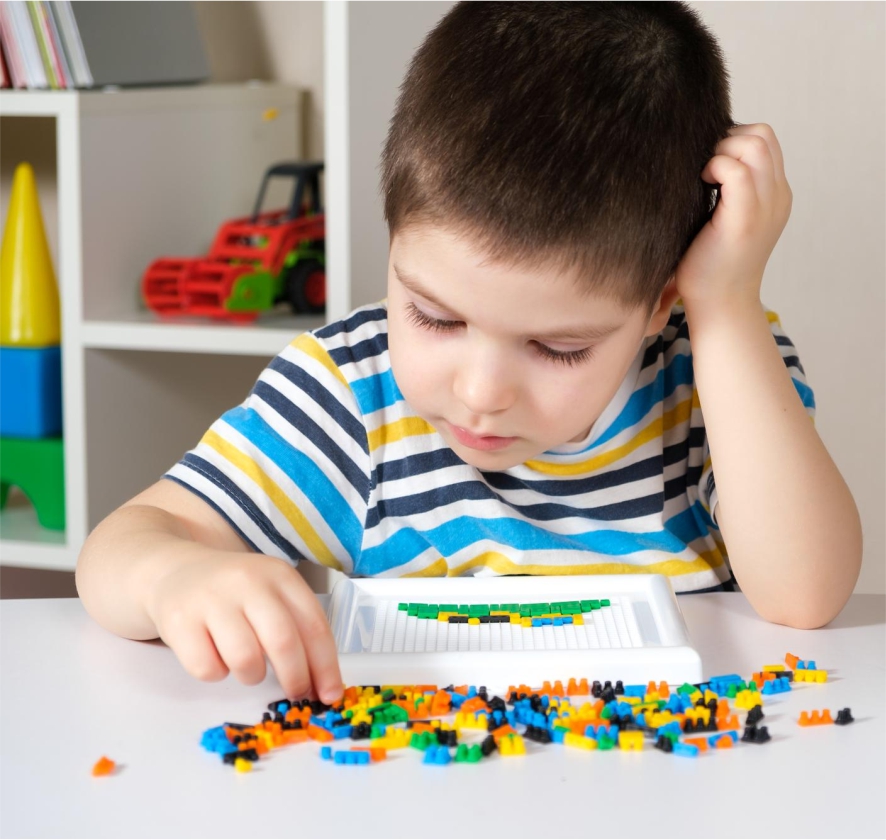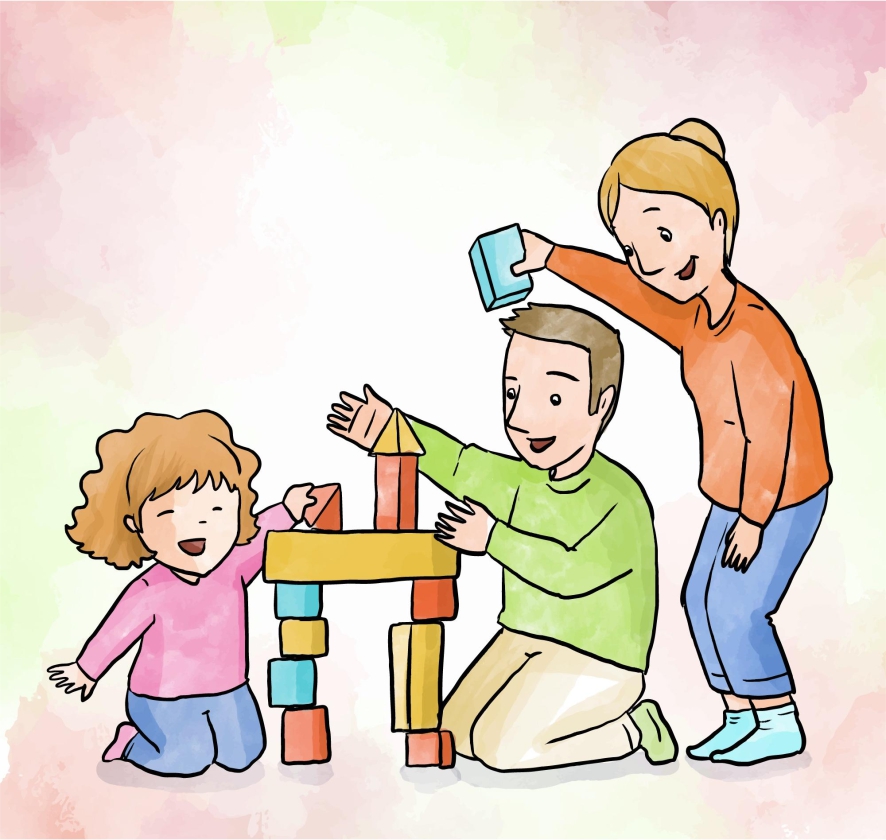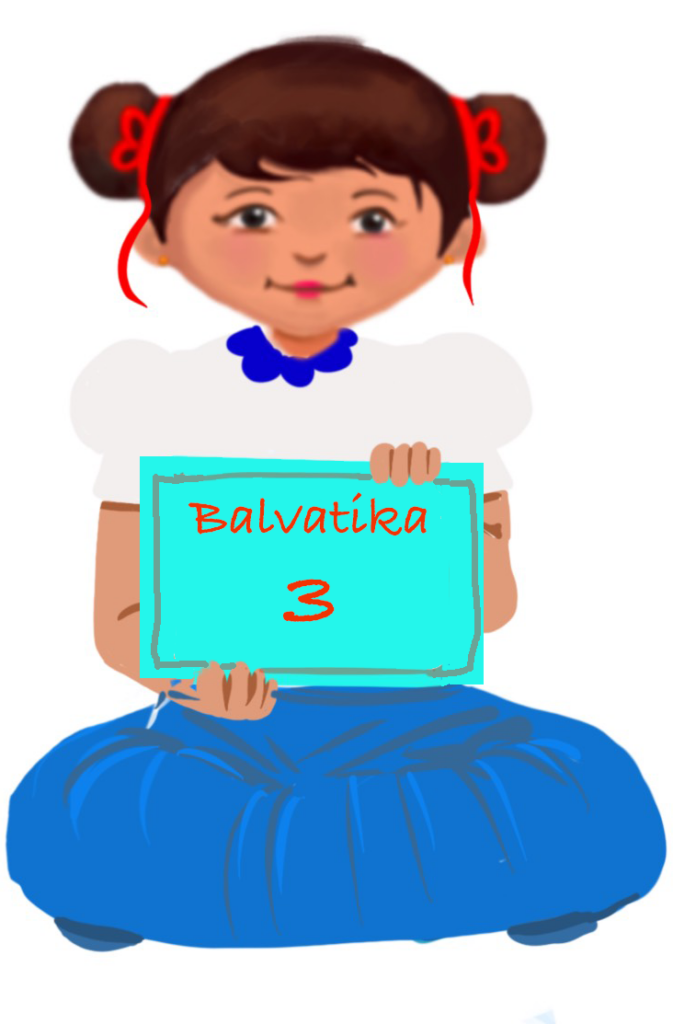
Numbers 1 to 10
Main page
The topic/ concept ‘Numbers 1 to 10’ has been divided into three modules. Each module will be taught in a week.
The modules are:
- Week 1 – Counting forward up to 10
- Week 2 – Counting objects accurately up to 10
- Week 3 – Reading and writing numbers from 1 to 10
The teachers are required to go through the document carefully before they start the class.
Developmental Goals as per NIPUN BHARAT
- Children Maintain Good Health and Well-being
- Children Become Effective Communicators
- Children Become Involved Learners and Connect with their Immediate Environment
Mapping Competencies under Developmental Goal 1
- Development of gross motor skills – Demonstrates ability to count while engaging in physical activities (e.g., clapping, jumping, hopping 1 to 10 times).
- Development of fine motor skills and eye -hand coordination – Counting object counting and arranging. Shows persistence and focus while completing counting tasks.
- Participation in individual and team games during class activities.
Mapping Competencies under Developmental Goal 2
- Vocabulary Development – Recites number names in correct sequence from 1 to 10. Uses number words to describe “how many” objects are in a group (cardinality).
- Listening with comprehension – Listens and responds to simple number-related instructions (e.g., “Give me 3 pencils”).
- Conversation and talking skills – Engages in peer conversations using numbers (e.g., “I have 5 blocks, you have 2”).
Mapping Competencies under Developmental Goal 3
- One-to-one correspondence – Match one object with another while counting.
- Numeral recognition – Identifies numbers in the environment (calendar, clock, classroom labels, bus number, etc.).
- Count and tell how many – Counts objects in the surroundings (leaves, toys, fruits) up to 10. Sorts and groups objects in daily life based on number (e.g., putting 4 spoons on the table).
- Sense of order (can count ahead of a number up to 10) – Applies counting in play and daily routines (e.g., “Take 2 steps forward,” “Pick 6 flowers”).
Preparation for the activities
Before the session:
- The teacher has to see the given LTM Videos and practice the correct procedure that has to be introduced.
- Teachers may download the LTM/ISL videos provided, to either teach or demonstrate them to the children while conducting the given activities.
- Teachers may ensure that all children can see the video when played and follow the activity as instructed.
- The teacher can use English and/or the native language while addressing the students.
- Students can be seated on their chairs/benches or on the floor. The teacher can stand in front of the class, near the blackboard or sit along with the children in a circle or facing them if they are sitting in a semicircle.
- Teachers go through the suggestions provided for variations and ensure necessary preparations are made accordingly.
- Teachers keep the required materials ready for conducting the different activities.
- The teacher plays the role of a demonstrator, facilitator and observer.
Preparing will help you to conduct an effective activity in an inclusive classroom and achieve the goal.
Setting for an Inclusive classroom
Here are some adaptations that can be made to ensure that activities for enhancing reading and writing skills are accessible and inclusive for all students:
- Physical accessibility: Ensure that the area used for the given activity is accessible to all students, including those with mobility impairments. This may require rearranging furniture or additional seating options, such as cushions or chairs with back support.
- Communication: Consider the communication needs of all students in the classroom. Students with speech or language impairments may require Apps like AVAZ.
- Visual aids: Teachers can download ‘Flashcards’ and make them embossed as shown in DIY videos, as visual aids benefit those who need visual cues.
Adaptations and Strategies for an Inclusive Classroom
The Variability of an Inclusive Environment needs to address the processing and attention differences of the learners. An inclusive environment may have learners with Visual Impairment, Hearing Impairment, Loco-Motor Impairment and Cognitive Differences.
Learners not only learn in different ways, but they also have unique motivations, interests, personalities and strengths. To address this variability, providing the appropriate adaptation is an effective solution.
To help in this process, some suggestions for adaptations are given here. The teachers are requested to go through the adaptations given and choose the appropriate one/ ones to follow according to the needs of the differences found among the students in a particular class.
‘Number sense’ Adaptations and Strategies
‘Sequencing skills’ Adaptations and Strategies
‘Organisational skills’ Adaptations and Strategies
‘Executive function skills’ Adaptations and Strategies
‘Working memory’ Adaptations and Strategies
‘Visuospatial skills’ Adaptations and Strategies
Social Narrative
A social narrative is a tool to help individuals with special needs, particularly those on the autism spectrum, better understand social situations and how to respond appropriately. Here is a social narrative, related to the topic.
Staying focused in the classroom
Click to view and download
Teacher Resource Document
| Source and Attribution of images All images used in the above Assets and Aids are originally created. |
| This digital material has been developed by the Sri Sathya Sai Vidya Vahini Inclusive Education Project, a unit of Sri Sathya Sai Central Trust, Prasanthi Nilayam, as a collaborative offering in the service of our nation. |
